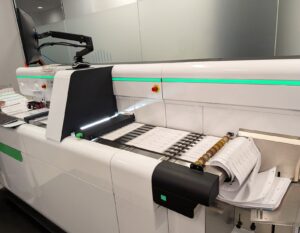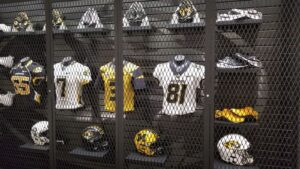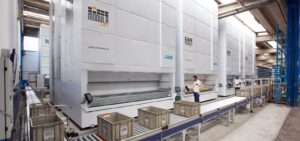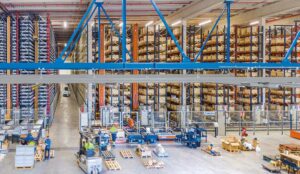Coolers and freezers provide the best possible preservation environment for film and a variety of other materials, so they’re essential components of most museum risk management strategies. Cold storage is expensive to build and operate, though, so it’s important to understand the needs of various materials in your collection and carefully plan for the move to cold storage.
Download a Free Cold Storage Infographic
How to Plan & Implement a Move to Cold Storage
Cold storage is expensive storage. You can keep building costs and operating costs down by planning carefully and making the most of every square inch. Here’s how to plan your cold storage space.
- Assess Collection
- Identify materials that need cold storage and sort by items that need cold storage, frozen storage, or typical archival storage. Measure the amount of space required to store items that currently need to be maintained in cold storage and frozen storage, and add curators’ estimates for future space needs.
- Develop a Usage Policy/Procedure
- Describe how researchers and others will request access to stored materials, who will be entrusted with access to cold storage areas, where and how materials will be acclimated as they are brought into and out of cold storage, and where and how researchers will be allowed to study materials after they’re brought out of storage.
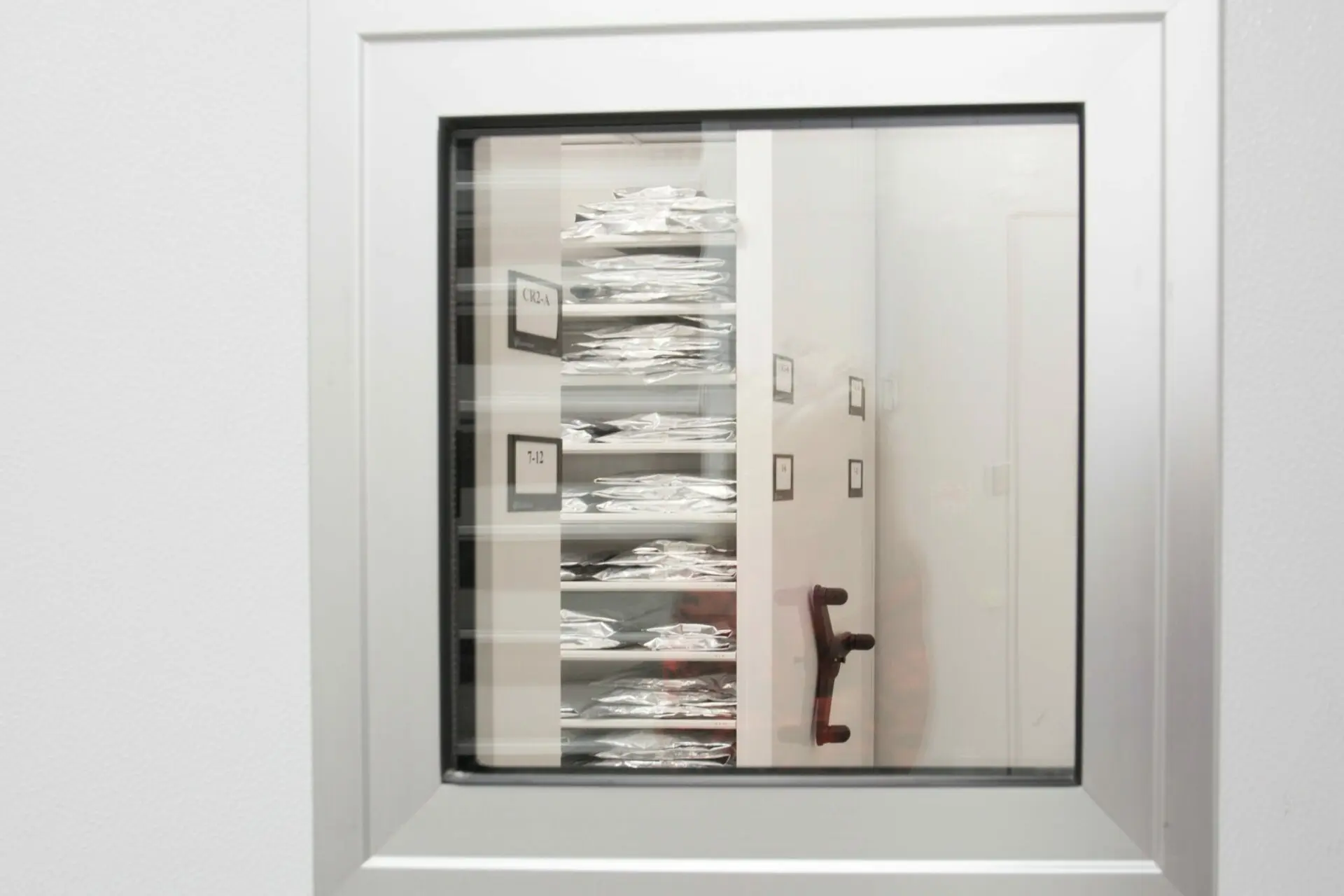
- Determine Where Items Will Be Stored
- Smaller collections can be stored in refrigerators or freezers, but be sure to use models that maintain a constant temperature. Medium-sized collections can be stored on shelving or museum cabinets housed in small walk-in coolers. Larger collections are generally stored in compactors housed in purpose-built cold rooms and walk-in freezers.
- Create a Plan for Moving to Cold Storage
- Work with vendors to coordinate delivery and installation dates, and determine who will be responsible for scanning (if desired), cataloging, acclimatizing, and moving items. Determine procedures to monitor temperature and relative humidity, and prominently post contact information for vendors in case of equipment malfunction.
- Optimize Space Within the Cold Room or Freezer
- Adjust shelving to avoid wasting space between shelves, and use compactors (high-density mobile shelving) to consolidate materials. The more items you can store, the more you’ll save, both in initial building costs (due to a smaller footprint) and in ongoing energy costs (a full cooler or freezer operates more efficiently).
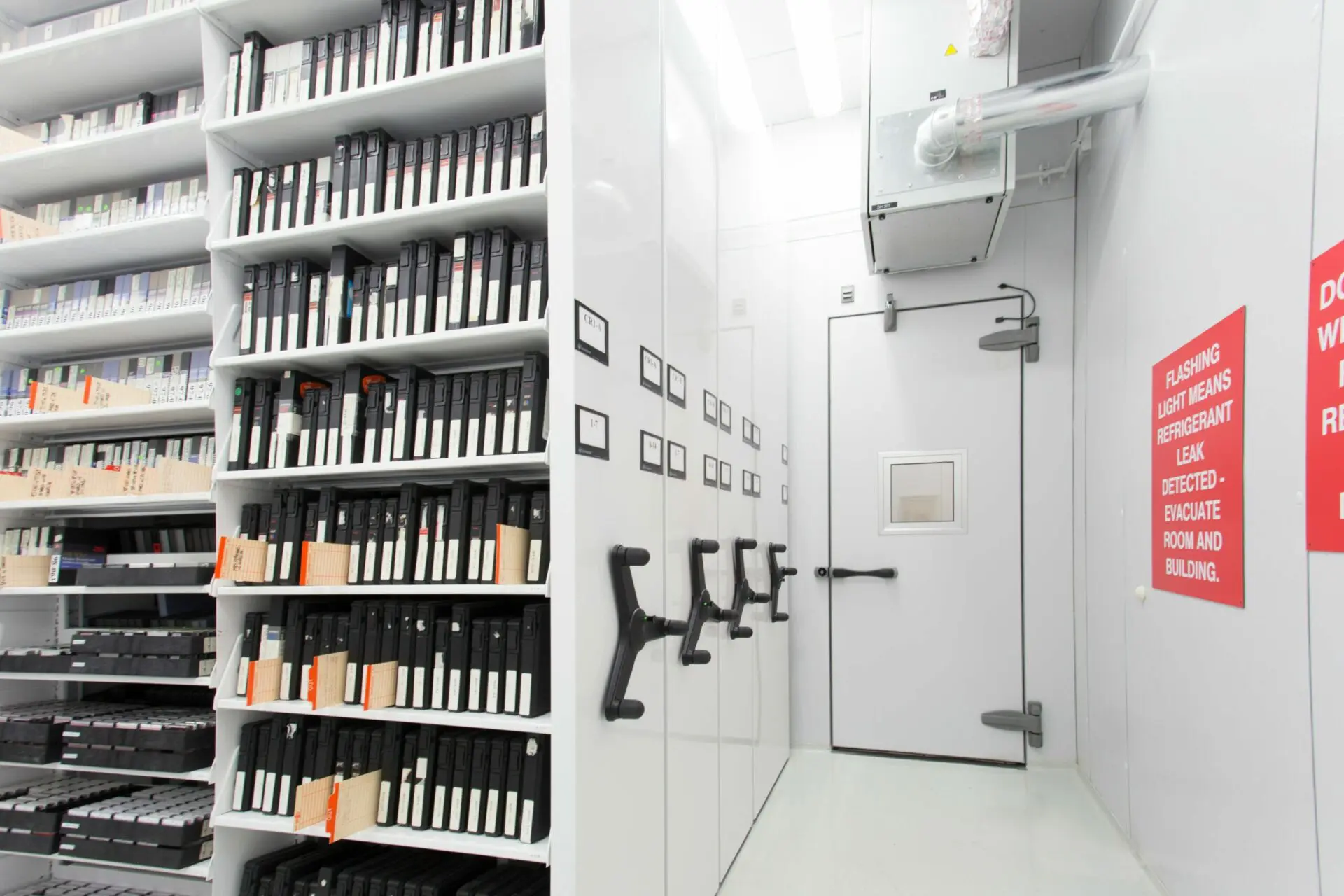
See how Spacesaver products helped Denver Museum of Nature and Science optimize their cold storage space.
Contact Us for Your Cold Storage Needs
Learn how we can optimize your cold storage space and freezer rooms, contact us online today or call us at 1-800-696-3453.


